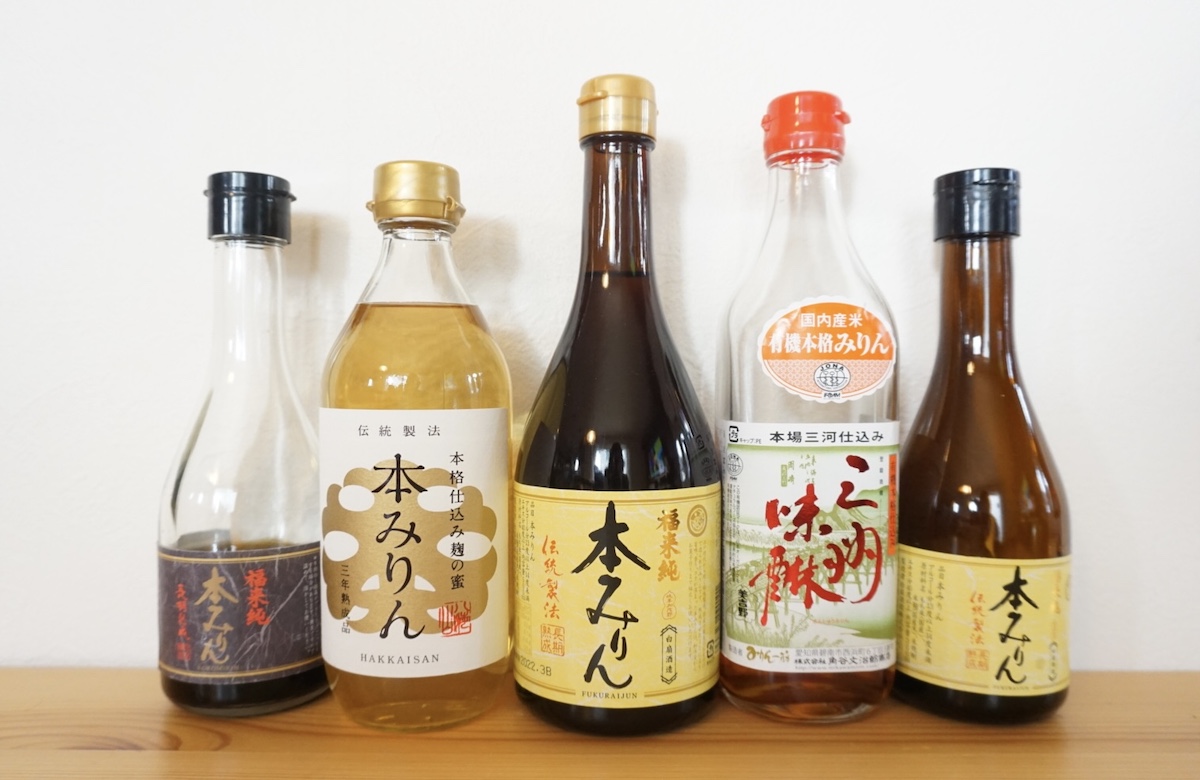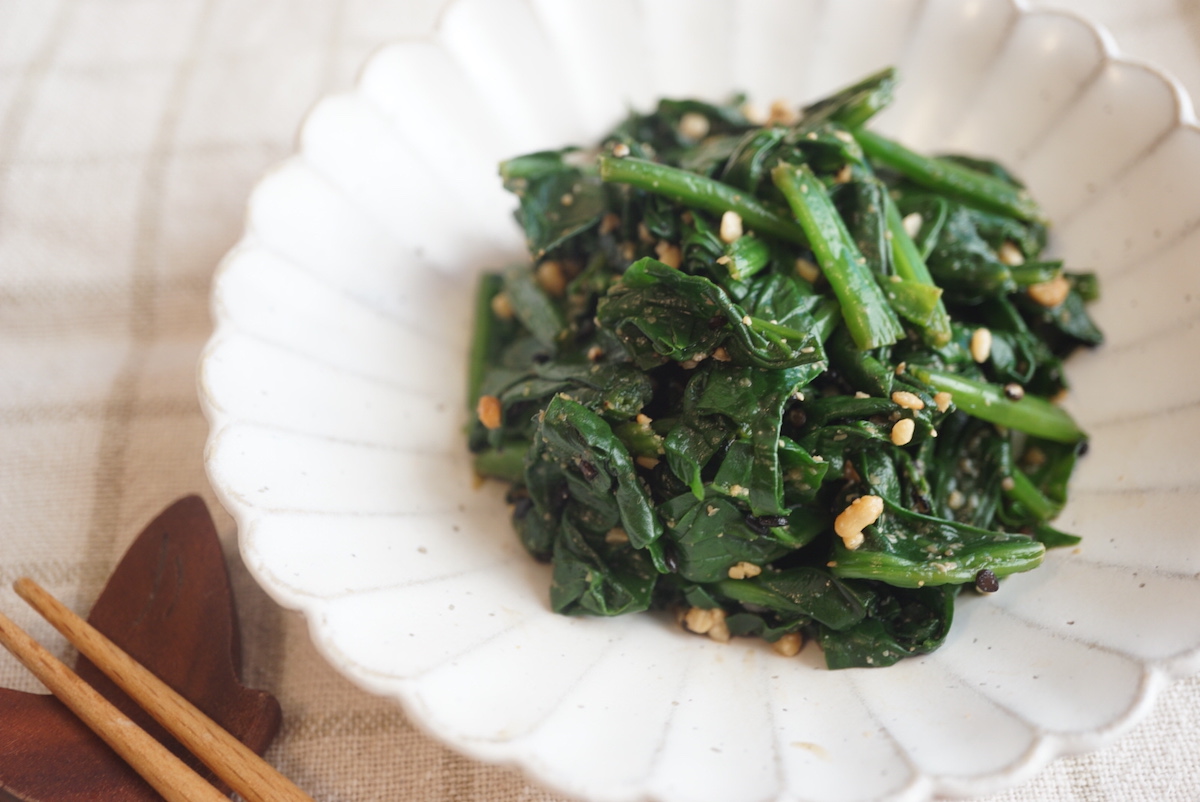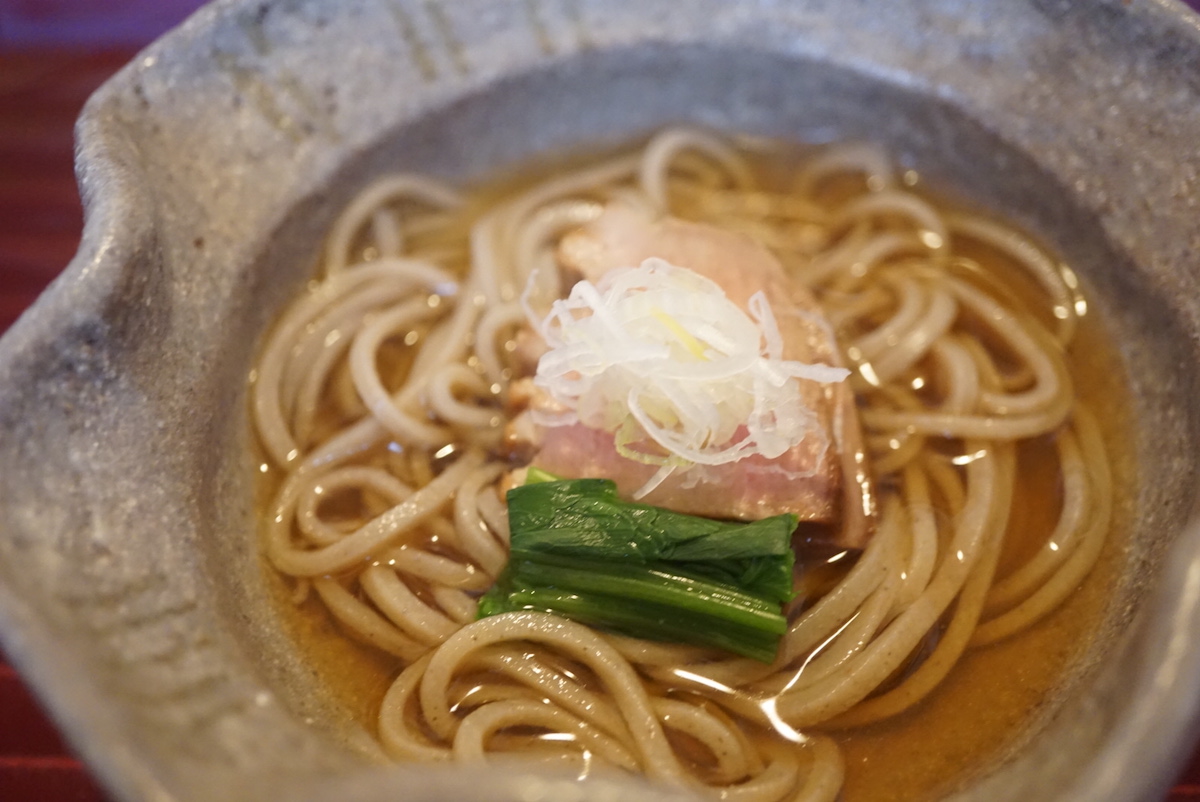How to Use Mirin in Cooking
Last October, American food professionals visited fermented food producers to deepen their knowledge of Japanese fermentation culture during the “Hakko Tourism in Japan” tour campaign. As part of the tour, organizers held a tasting session where guests gave candid advice from the perspective of the American market to food product manufacturers looking to enter the United States market.
In the last article, I explained the history of mirin in detail.
Today, I am going to introduce you to how to use mirin for cooking. Mirin is an indispensable seasoning for Japanese cuisine along with soy sauce, miso, sake, and vinegar.

Mirin, which adds shine and luster to dishes along with an elegant sweetness, is used in a variety of ways of cooking, including in simmered, grilled, dressed, and rice dishes.

There are many other cooking effects of Mirin that can make your food tasty. Let’s go through them one by one.
Cooking Effects of Mirin
1. Bringing out the luster and shine
When heated, the sugar in mirin combines with the umami component to form a film on the surface of the food, giving it shine and luster. Another characteristic of mirin is its ability to hold its flavor for a long time.
2. Enhances flavor permeability
The alcohol in mirin makes it excellent for penetrating food. It also helps to prevent the flavor from leaching out. When the alcohol soaks through, it also draws in other flavor molecules, making it easier for soy sauce, miso, and other seasonings to soak in.
3. Removing food smell
The alcohol in mirin absorbs raw odor components and evaporates together with them. Mirin’s unique components produced by saccharification and maturation (aromatic components produced by the Maillard Reaction during maturation) also have deodorizing and flavor-enhancing effects.
4. Protecting against disintegration while cooking
The alcohol in mirin helps to cause flavor to penetrate the ingredients, making them more compact and preventing them from falling apart during cooking.
5. Elegant and mild sweetness and flavor
Koji breaks down starch and protein, and as it matures causes an extremely complex reaction which produces a wide variety of sweet and savory components. The multilayered mixture of multiple components makes the sweetness more refined and mellow in comparison to sugar, which is composed of 99% sucrose, and the effect of multiple amino acids gives it a deeper flavor.
Mirin is often used as a sweetener in the same way as sugar, but in its essence, it is a unique Japanese seasoning with a flavor and aroma unique to fermented seasonings and with a variety of cooking effects.
Specific uses of mirin
1. Simmered dishes

The umami components in mirin create unexpected tastes when combined with ingredients and other seasonings. The best way to fully enjoy the merits of mirin is in simmered dishes. Also, by adding mirin instead of sugar, a more balanced elegant sweetness is obtained.
2. Roasted food

Kabayaki and teriyaki meat and fish are appetizing not only for their sweet and spicy aroma and flavor, but also for their shine and lustrous appearance. That shine and luster comes from mirin. The addition of mirin not only improves the flavor, but also gives it a delicious appearance.
(The photo shows a bowl of wild caught eel kabayaki, grilled over charcoal, and enjoyed outdoors. It was the best Japanese barbecue I’ve ever had!)
3. Vinegared and dressed dishes

When making a dressing for a dressed dish or sweet-and-sour vinegar for a vinegared dish, relying solely on sugar for sweetness will result in a sticky sweetness with no depth, but by making use of mirin, you can create an elegant and refreshing sweetness.
“Reduced mirin” that has been heated to remove the alcohol is used for dishes that are cooked without heating, such as dressed dishes, vinegared dishes, and “marinated” sashimi.
Reasons for reducing mirin: While mirin enhances the flavor of ingredients, the aroma of alcohol can interfere with the flavor of the food. To prevent this, there is a process called “reduction,” and reduced mirin is used. Reduction has the added benefit of making it safe for children and nursing mothers to eat.
4. Soba tsuyu

In the late Edo period, when mirin first came to be used as a seasoning, it was popularly used for soba tsuyu and kabayaki tare. Soba tsuyu sweetened with mirin instead of sugar has an elegant and refreshing taste.
Mirin was a high-class product, and in the past, it was not available in ordinary households but only in restaurants. It is said that mirin was what the restaurants claimed to be their “secret sauce.”
Mirin is not a mainstay seasoning by any means. However, when used as a secret ingredient, it adds umami, depth, and an elegant, mellow sweetness to the dish, making it an indispensable behind-the-scenes player.
Are you getting more and more interested in mirin? ^^
References:
Atsushi Onuma, “Gensen. Dashi, Chomiryo wo Kiwameru.” Bunka Shuppan Kyoku, 2001
Mizuko Yoshida, “Ryori ga Oishikunaru Recipe,” Soboku Sya, 2004
Materials received from Sumiya Bunjiro Shoten and Hakuo Shuzo.
Maho Tanabe, the organizer of "Mirin Sweets and Fermented Foods" at Minamoto Shokudo, is an inner beauty planner and owner of Minamoto cafeteria. With expertise in fermented foods using koji and sake, she is a recognized authority in the fermented foods industry.

